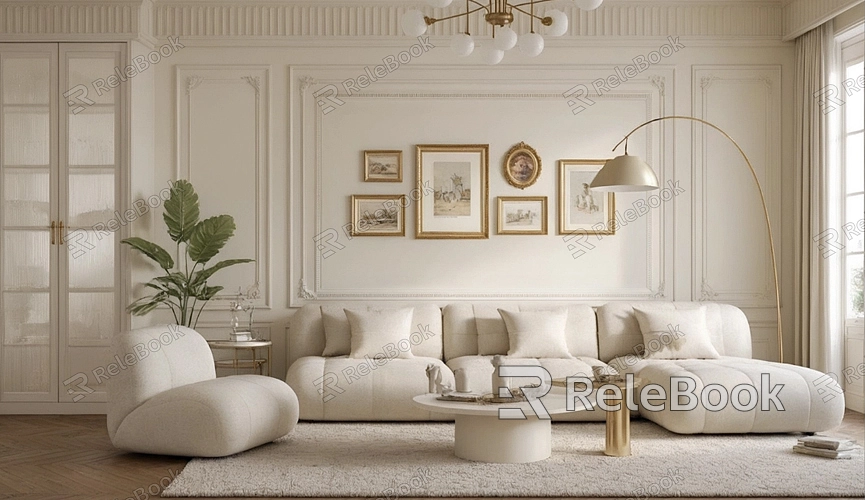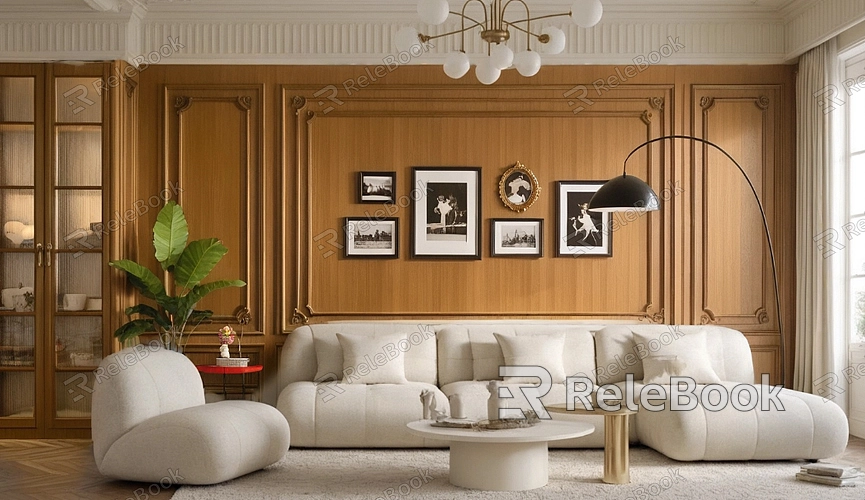How to Create Similar Views Using Different Models in SketchUp?
In the fields of architectural design and interior design, SketchUp is a widely popular 3D modeling tool. Its flexibility and ease of use allow users to quickly create complex 3D models and achieve precise visual representations. Often, designers need to create similar views across different models to ensure consistency and visual impact. This article will explore how to create similar views in SketchUp using different models, helping users achieve their design goals more efficiently.

Understanding the Basics of Views
Before diving into creating similar views, it's essential to understand the basic concept of a view. A view refers to the different angles and effects from which a model is observed, directly influencing the audience's perception. In SketchUp, users can alter the appearance of views through various perspectives, projection effects, and scene settings. Mastering how to set up and manage views will help designers maintain consistency across different models.
Selecting Suitable Models
The first step in creating similar views is to choose appropriate models. Users can source models from multiple places, including SketchUp's built-in library, and third-party websites, or create their own. Different models may vary in detail, scale, and style, so when selecting models, it's crucial to consider their relevance to the target view. Ensure that the chosen models have sufficient detail and characteristics to effectively convey the design concept in the generated views.

Using Consistent View Settings
Each model in SketchUp has its unique view settings. To create similar views, users should unify the view settings across different models. This includes camera position, focal length, and perspective. Here’s how to set them:
Camera Position: Make sure to use the same camera position across different models. You can either input coordinates manually or use the “Scene” feature to save specific views.
Angle Adjustment: Use the same angles and perspective settings to maintain a consistent visual effect.
Focal Length: Adjust the focal length to ensure a similar sense of depth across different models, avoiding distortion caused by varying focal lengths.
Utilizing the Scene Feature
SketchUp's “Scene” feature allows users to save specific views and settings. By using the same scenes across different models, you can ensure visual consistency. When creating scenes, consider the following points:
Scene Naming: Use clear and descriptive names for scenes to easily identify them during later operations.
Scene Settings: Make sure to save information like camera position, lighting effects, and rendering settings when creating a scene.
Switching Scenes: Quickly switch between scenes in different models to observe view changes.
Applying Consistent Lighting and Textures
Lighting and textures play crucial roles in the effectiveness of views. To ensure similar views across different models, it’s advisable to use consistent lighting settings and textures. Here’s how to do it:
Lighting Settings: Adjust the position, intensity, and color of light sources to maintain consistent lighting effects across different models.
Texture Application: Use the same or similar textures in different models to enhance visual consistency. You can access SketchUp’s texture library or source textures from external resources.
Adjusting Rendering Effects
Rendering effects directly impact the final presentation of views. In SketchUp, various rendering plugins and tools can be used to ensure consistency in rendering effects across different models. Users can adjust rendering effects in the following ways:
Choosing a Renderer: Select a suitable renderer and maintain consistency across all models.
Rendering Settings: Adjust resolution, lighting, and shadow settings to ensure similar view effects.
Regularly Review and Adjust
Throughout the process of creating similar views, regularly reviewing and adjusting is essential. As the design progresses, modifications to models and views may be necessary. Stay flexible and ready to adjust camera settings, lighting, and textures as needed to ensure the final effect meets expectations.
Users can achieve visual consistency by selecting appropriate models, unifying view settings, utilizing the scene feature, and maintaining consistent lighting and textures. Finally, we encourage users to visit the Relebook website to download high-quality 3D models and textures to further enhance their design outcomes.
FAQ
How can I quickly switch views in SketchUp?
You can use the “Scene” feature to save multiple views and quickly switch between them by clicking on the scene.
How does consistency in views across different models affect design?
Consistent views enhance the coherence of the design, making it easier for the audience to understand and accept the design concept.
Can I import external textures?
You can import textures from external resources and apply them to models to improve visual effects.
How important are lighting settings in views?
Lighting settings are crucial as they influence the depth and realism of the models, directly affecting audience perception.

